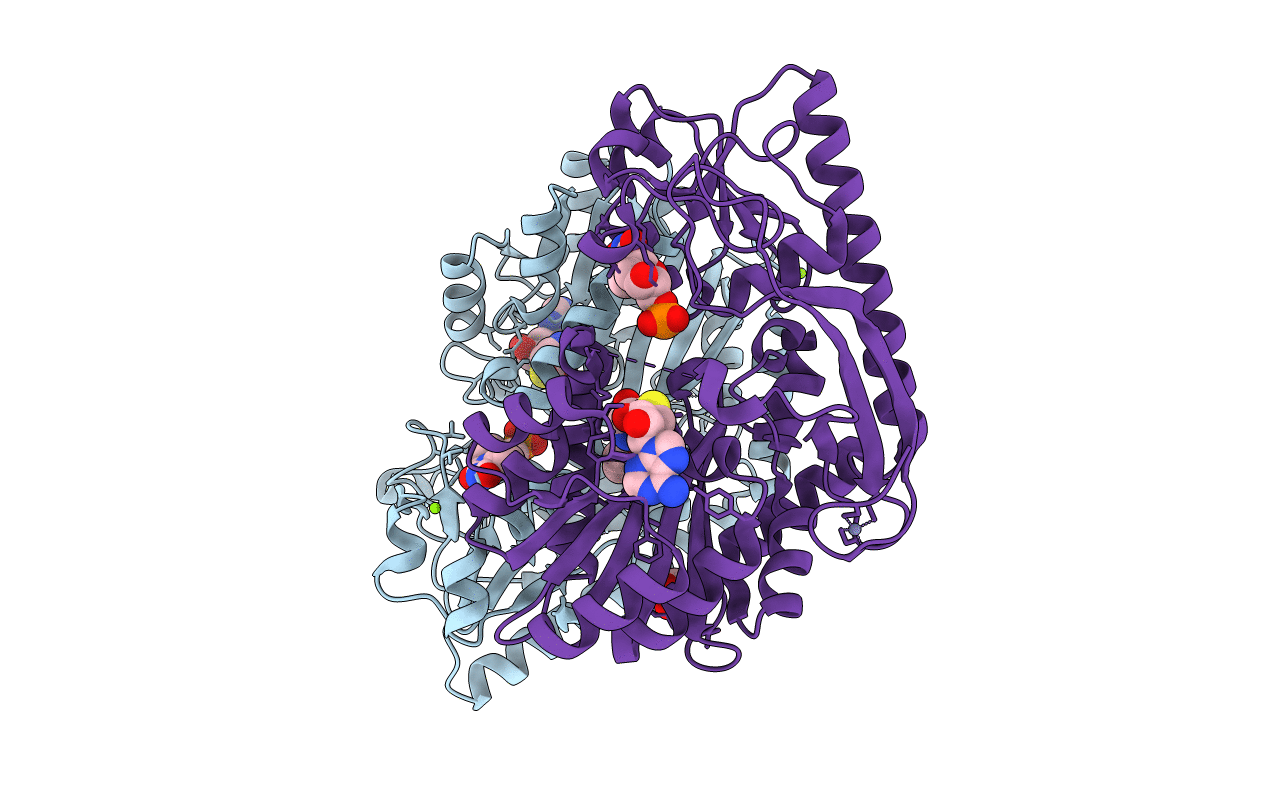
Deposition Date
2016-09-01
Release Date
2016-09-14
Last Version Date
2023-10-04
Entry Detail
PDB ID:
5T64
Keywords:
Title:
X-ray structure of the C3-methyltransferase KijD1 from Actinomadura kijaniata in complex with TDP and SAH
Biological Source:
Source Organism:
Actinomadura kijaniata (Taxon ID: 46161)
Host Organism:
Method Details:
Experimental Method:
Resolution:
1.70 Å
R-Value Free:
0.22
R-Value Work:
0.18
R-Value Observed:
0.18
Space Group:
P 21 21 21


